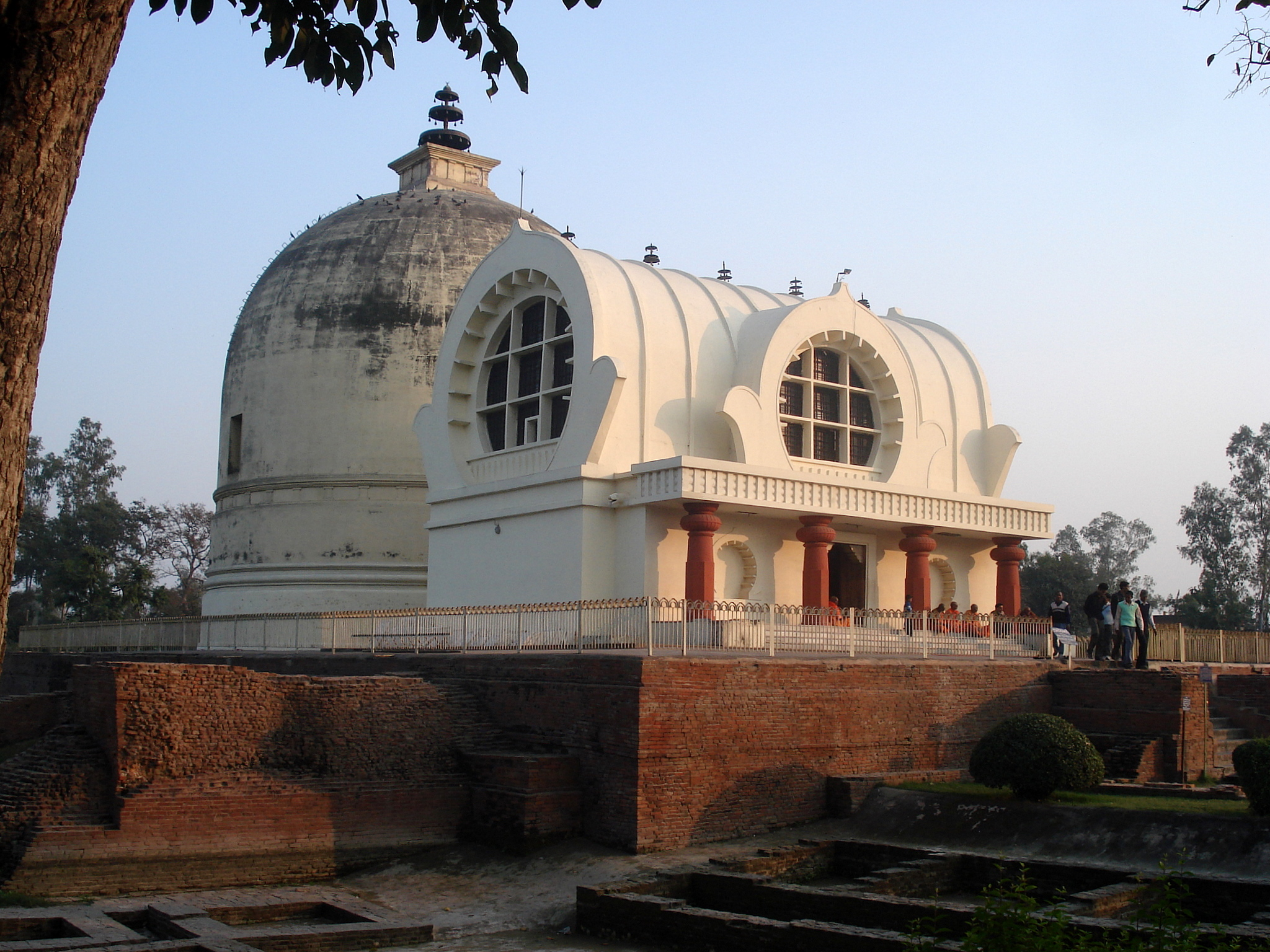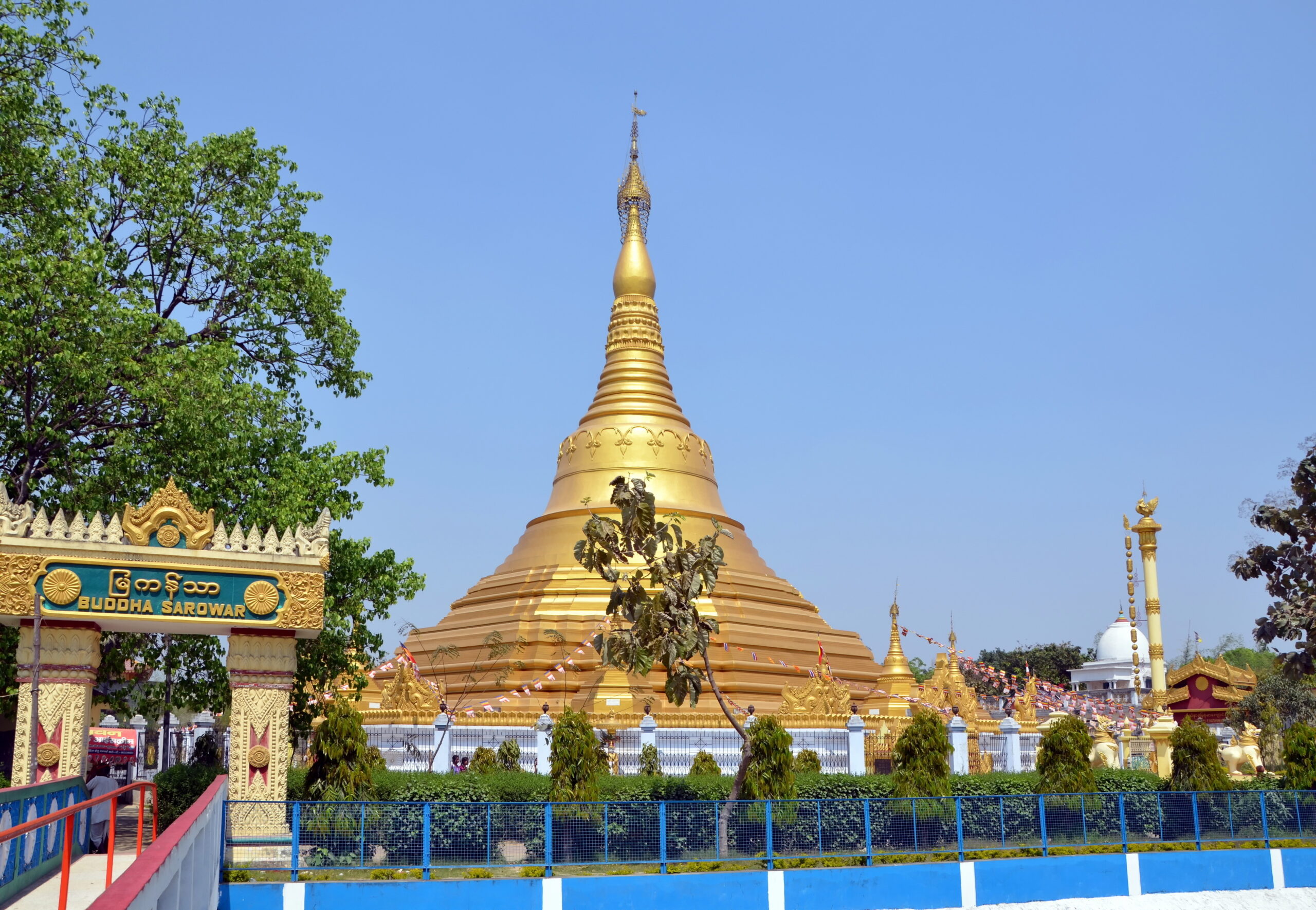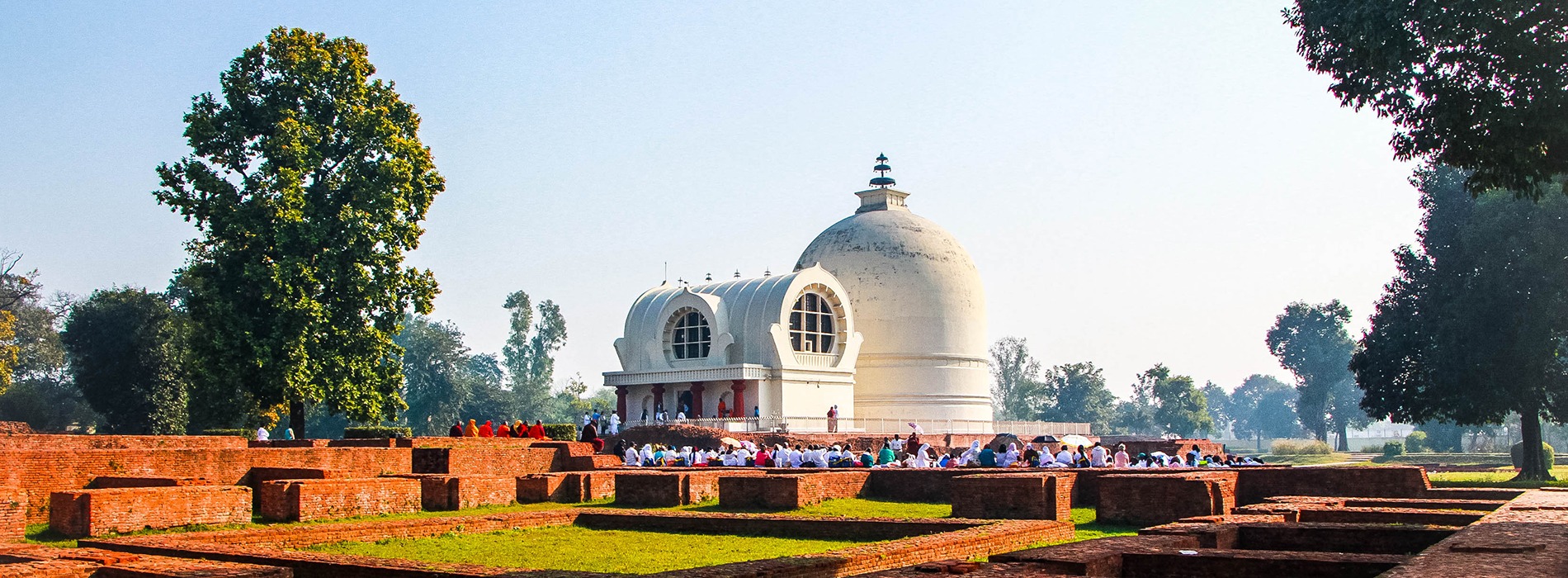Kushinagar, a sacred town in the northern state of Uttar Pradesh, India, holds immense significance in Buddhist history. It’s the place where Gautama Buddha attained Mahaparinirvana, the final stage of enlightenment, and thus, it’s a pilgrimage site for millions of Buddhists worldwide. Steeped in spirituality and history, Kushinagar offers visitors a serene and introspective journey into the teachings of Buddhism. Here, we delve into the best places to visit in Kushinagar and address five frequently asked questions (FAQs) to guide your exploration.
Mahaparinirvana Temple:

At the heart of Kushinagar lies the Mahaparinirvana Temple, the focal point of Buddhist reverence. This temple enshrines a 6.10-meter-long reclining statue of Lord Buddha in his Mahaparinirvana pose. Devotees and tourists flock here to pay homage to the Enlightened One and soak in the tranquility of the surroundings. The temple complex also houses an ancient stupa, marking the spot where Buddha is believed to have attained Nirvana.
Ramabhar Stupa:

Another significant landmark in Kushinagar is the Ramabhar Stupa, which stands as a testament to Buddha’s cremation. This massive structure, constructed by Emperor Ashoka, is a poignant reminder of the impermanence of life and the inevitability of death. Surrounded by lush greenery, the Ramabhar Stupa offers a serene ambiance for meditation and contemplation.
Mathakaut Temple:

Mathakaut Temple is revered for its historical and architectural significance. According to legend, Buddha delivered his last sermon here before proceeding to Kushinagar, making it a sacred site for Buddhists. The temple’s intricate carvings and serene atmosphere draw visitors seeking spiritual solace and cultural enrichment.
Nirvana Chaitya:

Nirvana Chaitya, also known as the Mukutbandhan Chaitya, is an ancient monument that stands as a symbol of reverence and remembrance. Believed to be the location of Buddha’s cremation, this stupa attracts pilgrims and history enthusiasts alike. The site’s tranquil ambiance and scenic beauty make it an ideal spot for introspection and spiritual renewal.
Kushinagar Museum:

For those interested in delving deeper into the rich history of Kushinagar, a visit to the Kushinagar Museum is a must. The museum houses a vast collection of artifacts, sculptures, and relics dating back to the Mauryan and Gupta periods. From intricately carved stone sculptures to ancient coins and pottery, the museum offers valuable insights into the region’s cultural heritage and Buddhist legacy.
Frequently Asked Questions:
- What is the best time to visit Kushinagar?
- The best time to visit Kushinagar is during the winter months, from October to March, when the weather is pleasant and conducive to exploration. Avoid visiting during the summer months, as the temperatures can soar, making outdoor activities uncomfortable.
- Are there accommodation options available in Kushinagar?
- Yes, Kushinagar offers a range of accommodation options catering to different budgets and preferences. From budget guesthouses to luxury hotels and resorts, visitors can find suitable lodging options in the vicinity of major tourist attractions.
- How can I reach Kushinagar?
- Kushinagar is well-connected by road, rail, and air. The nearest airport is located in Gorakhpur, approximately 50 kilometers away, while the nearest railway station is in Kushinagar itself. Several state-run and private buses also ply between Kushinagar and nearby cities.
- Is photography allowed at the religious sites in Kushinagar?
- While photography is generally permitted at most religious sites in Kushinagar, it’s advisable to respect the sanctity of these places and seek permission before clicking photographs, especially inside temples and monasteries.
- What are some nearby attractions that can be visited along with Kushinagar?
- Some nearby attractions that can be visited along with Kushinagar include Lumbini, the birthplace of Lord Buddha, located in Nepal, and Sravasti, associated with several significant events in Buddha’s life, located in Uttar Pradesh, India.

